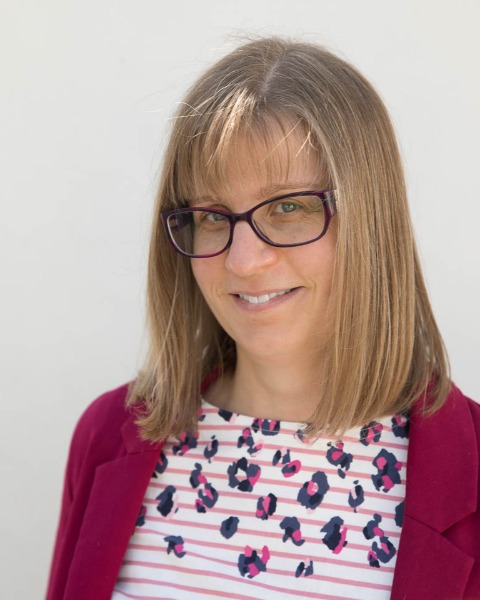Quick Fire Cases
Right atrial mass in a neonate (QF_TH_061)

Malenka M. Bissell, MD, PhD
Clinical lecturer
University of Leeds, United Kingdom
Malenka M. Bissell, MD, PhD
Clinical lecturer
University of Leeds, United Kingdom- DB
David A. Broadbent, PhD
Principal Clinical Scientist (MRI Physics)
Leeds Institute of Cardiovascular and Metabolic Medicine, United Kingdom - MS
Margaret Saysell, BSc
Cardiac Radiographer
Leeds teaching hospitals, United Kingdom - DS
David Shelley, MSc
Radiographer
Leeds teaching hospital trusts, United Kingdom 
Sven Plein, MD PhD
Professor of Cardiovascular Imaging
University of Leeds, United Kingdom- AD
Antigoni Deri, MD
Consultant Paediatric Cardiologist
University of Leeds, United Kingdom - CO
Chris Oakley, MD
Consultant Paediatric Cardiology
Leeds teaching hospitals, United Kingdom - EB
Elspeth Brown
Consultant Paediatric Cardiologist
Leeds teaching hospitals trust, United Kingdom
Presenting Author(s)
Primary Author(s)
Co-Author(s)
Fetal referral to cardiology was received at 36 weeks for an atrial mass. On fetal echocardiogram the right atrial mass was 10x10mm located just above the tricuspid valve with smooth margins, not completely homogeneous. The mass caused no haemodynamic impact. As baby was planned to be delivered the following week for rhesus disease, the decision was made to skip fetal MRI and plan for a neonatal MRI.
Diagnostic Techniques and Their Most Important Findings:
Baby was born at 37 weeks weighing 2.5kg. A non-sedation feed and wrap CMR using a closed CMR safe incubator at 3 Tesla was performed on day 7 of life once baby was off phototherapy treatment for jaundice.
Standard free breathing SSFP cine imaging was used. T1 TSE, T2 FatSat TSE and T2 TSE imaging was adapted for faster heart rates triggering off every 3rd heartbeat. Additional averages were not used as baby was fast asleep and breathing very regular.
Free breathing 1st pass perfusion was performed with manual injection of Dotarem at 0.2mg/kg and a 5ml flush once the perfusion sequence has run for 5 beats. Due to the high heart rate (average 150 beats per minute during natural sleep) only 2 slices were planned (4 chamber and atrial short axis) allowing imaging every beat, to achieve a high temporal resolution. Intracavity contrast was visible for 5 seconds. Late contrast enhancement (LGE) was attempted at various times post-contrast, with 3 minutes yielding optimal image quality.
On MRI the right atrial mass measured 6x8x9mm and was attached to the right lower atrial wall, just above the tricuspid valve. The mass appeared isointense on SSFP cine imaging, T1 TSE and T1 FatSat TSE, iso-mildly hyperintense on T2 TSE, negative on 1st pass perfusion and positive on LGE with a black rim. These findings are in keeping with a fibroma.
Learning Points from this Case:
Neonatal feed and wrap CMR is possible and useful for neonatal cardiac mass characterisation. Standard sequences require adaptation. To cope with faster heart rate, triggering needs to be off every 3rd or 4th heartbeat. 1st pass perfusion and washout are faster than in adults and a shorter pause prior to LGE imaging is required.

